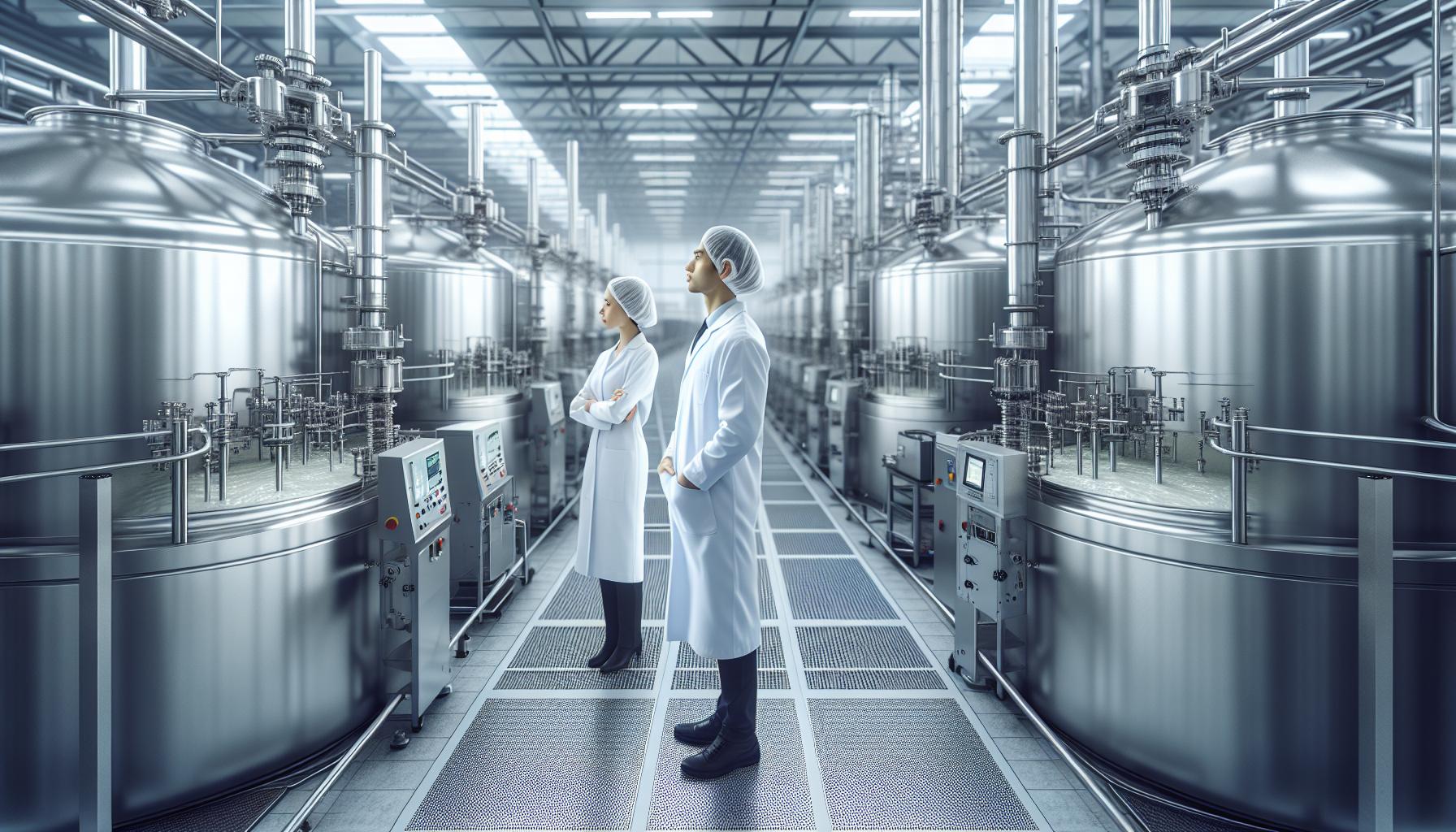Ever wondered what happens during the yogulltrenzsis stage? It might sound like a tongue-twister, but it’s a crucial phase in yogurt production. Picture a blend of science and art coming together to create that perfect texture you love. Understanding this stage not only satisfies your curiosity but also boosts your appreciation for each delicious bite. The yogulltrenzsis stage is where the magic truly happens. It’s the moment ingredients transform and flavors develop, often with a touch of unexpected brilliance. Whether you’re a health enthusiast or a culinary explorer, diving into this stage reveals secrets that can elevate your yogurt game to new heights.
How Are Yogulltrenzsis Stage
The yogulltrenzsis stage plays a crucial role in yogurt production by determining its final texture and flavor. During this phase, specific temperatures and fermentation times are meticulously controlled to achieve optimal results. Typically, the milk is heated to 85°C (185°F) before cooling it down to around 43°C (110°F) for fermentation. This precise temperature regulation ensures the growth of beneficial bacteria, essential for developing the desired yogurt consistency. Fermentation duration directly impacts the yogurt’s taste and thickness. Generally, a fermentation period of 4 to 6 hours is standard. Extending this period beyond 6 hours can result in a tangier flavor and thicker texture, catering to diverse consumer preferences. Additionally, maintaining consistent fermentation times across batches guarantees uniform quality in the final product. The incorporation of probiotics during the yogulltrenzsis stage enhances the yogurt’s health benefits. Probiotics such as Lactobacillus bulgaricus and Streptococcus thermophilus are added to promote gut health and boost the immune system. Ensuring the viability of these bacteria throughout the fermentation process is essential for delivering the nutritional advantages associated with yogurt consumption. Quality control measures are implemented to monitor the yogulltrenzsis stage effectively. Parameters like pH levels, bacterial counts, and viscosity are regularly assessed to maintain product standards. For instance, an optimal pH range of 4.5 to 4.8 is targeted to achieve the right balance between acidity and creaminess. Deviations from these standards prompt immediate adjustments to the production process, ensuring consistent product excellence. Incorporating advanced technology in the yogulltrenzsis stage enhances efficiency and precision. Automated temperature control systems and real-time monitoring tools allow producers to maintain optimal conditions effortlessly. These technological advancements not only streamline the production process but also minimize the risk of human error, resulting in high-quality yogurt that meets consumer expectations.Breakdown Of Each Stage

Stage One: Initial Phase
During the initial phase, milk undergoes pasteurization at 85 °C (185 °F), eliminating harmful bacteria and ensuring a clean base. Heating the milk denatures proteins, which is essential for achieving the desired thickness. Once pasteurized, the milk cools to approximately 43 °C (110 °F), creating an ideal environment for bacterial fermentation. Probiotics are then introduced, initiating the transformation of lactose into lactic acid. This acidification process begins to thicken the milk and develop the foundational tanginess of yogurt. Maintaining consistent temperatures and strict timing during this phase ensures uniformity in texture and flavor across batches. Automated systems monitor these critical parameters in real-time, enhancing precision and reliability in the production process.Stage Two: Development Phase
In the development phase, fermentation continues, typically lasting between four to six hours. Extended fermentation times result in a tangier flavor profile due to increased lactic acid production. The thickness of the yogurt also intensifies as proteins further coagulate. Probiotic cultures multiply, enhancing the yogurt’s health benefits by promoting gut health and boosting the immune system. Throughout this phase, pH levels are meticulously monitored, targeting a range of 4.5 to 4.8 to ensure optimal taste and consistency. Advanced technology plays a crucial role, utilizing automated systems to maintain precise conditions and monitor bacterial counts. This careful control guarantees that each batch meets high-quality standards, providing consumers with a consistently superior yogurt experience.Benefits Of Yogulltrenzsis Stage
The yogulltrenzsis stage enhances yogurt quality through precise fermentation control. By maintaining milk at 85°C (185°F) and cooling it to 43°C (110°F), producers achieve optimal texture and flavor. This temperature regulation ensures consistent consistency, preventing undesired variations in each batch. Probiotics added during this stage offer significant health advantages. They promote gut health by balancing intestinal bacteria and strengthen the immune system. Incorporating specific strains, such as Lactobacillus and Bifidobacterium, increases the yogurt’s nutritional value and consumer appeal. Extended fermentation times, ranging from 4 to 6 hours, result in a tangier taste and thicker texture. Longer durations allow for greater lactic acid production, which not only improves flavor but also enhances the shelf life of the product. This process meets consumer demand for both taste and longevity. Quality control measures maintain high standards throughout production. Monitoring pH levels between 4.5 and 4.8 ensures the yogurt remains safe and palatable. Additionally, tracking bacterial counts prevents contamination, guaranteeing a reliable and healthy product. Advanced technology plays a crucial role in the yogulltrenzsis stage. Automated systems and real-time monitoring increase efficiency and precision, reducing human error. These technologies enable scalable production while upholding the integrity of each yogurt batch.| Benefit | Description |
|---|---|
| Enhanced Texture | Achieved through precise temperature and fermentation control. |
| Improved Flavor | Tangier taste developed via extended fermentation times. |
| Health Advantages | Probiotics support gut health and immune function. |
| Consistency | Quality control maintains optimal pH and bacterial counts. |
| Increased Efficiency | Advanced technology streamlines production and ensures product reliability. |